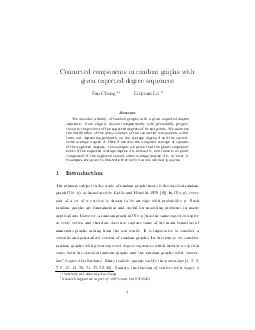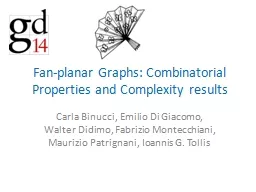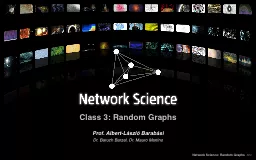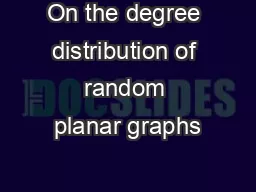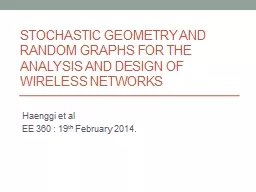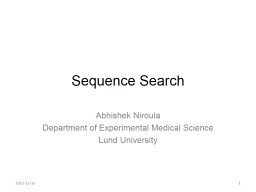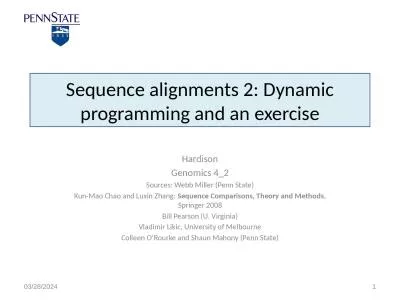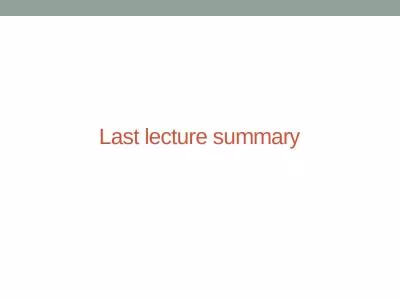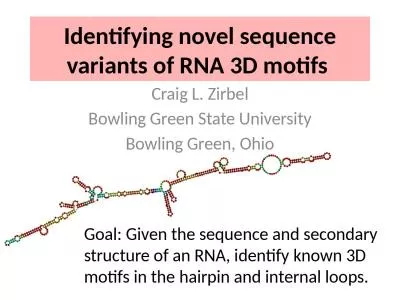PDF-Connected components in random graphs with given expected degree sequences Fan Chung y
Author : pasty-toler | Published Date : 2014-10-24
Each edge is chosen independently with probability propor tional to the product of the expected degrees of its endpoints We examine the distribution of the sizesvolumes
Presentation Embed Code
Download Presentation
Download Presentation The PPT/PDF document "Connected components in random graphs wi..." is the property of its rightful owner. Permission is granted to download and print the materials on this website for personal, non-commercial use only, and to display it on your personal computer provided you do not modify the materials and that you retain all copyright notices contained in the materials. By downloading content from our website, you accept the terms of this agreement.
Connected components in random graphs with given expected degree sequences Fan Chung y: Transcript
Download Rules Of Document
"Connected components in random graphs with given expected degree sequences Fan Chung y"The content belongs to its owner. You may download and print it for personal use, without modification, and keep all copyright notices. By downloading, you agree to these terms.
Related Documents

